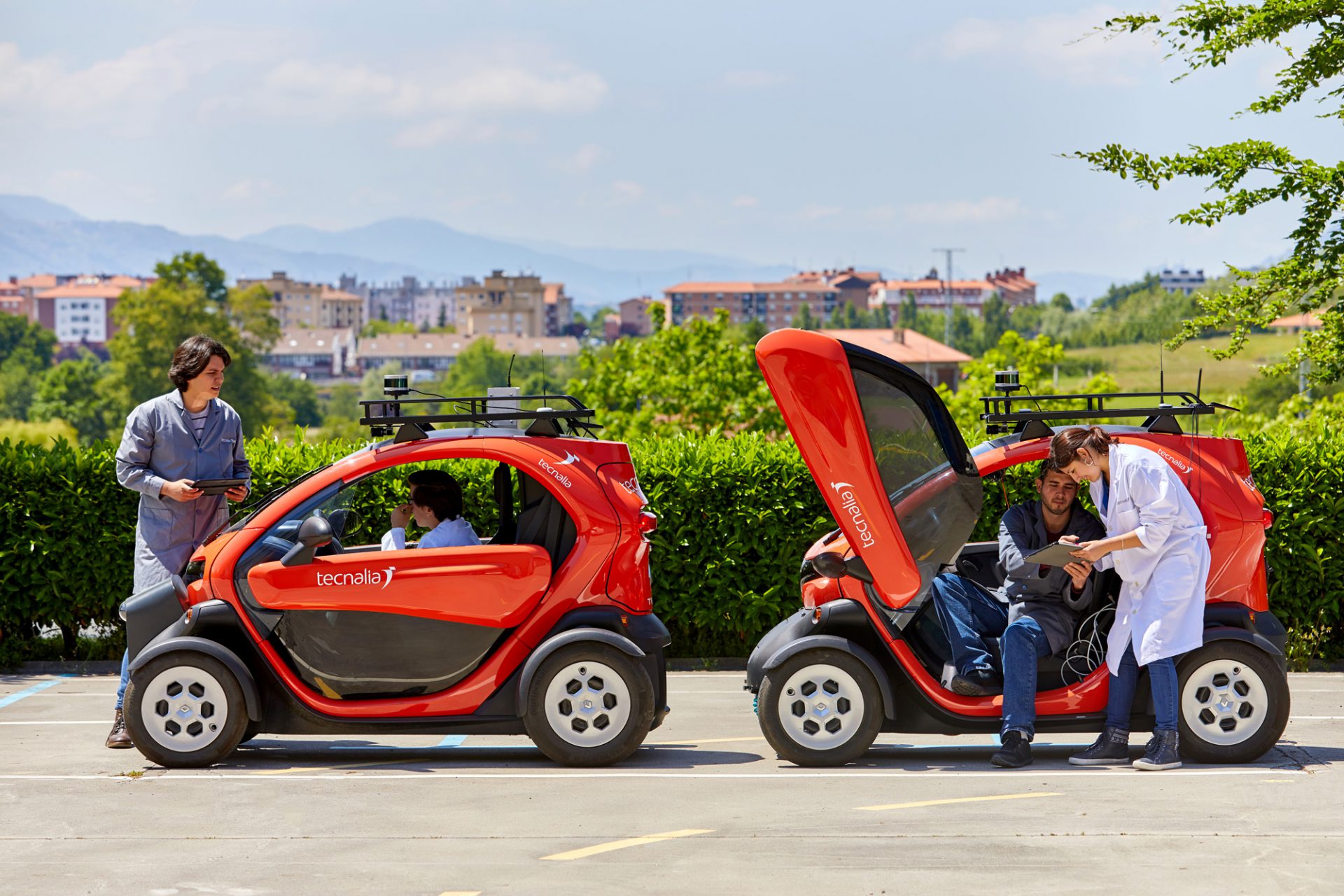Sensors and AI are used to detect obstacles and driver distraction levels, helping to make driving 100% safe
San Sebastian, 9 March 2020. Automated driving systems have become a leading tendency in the crusade to improve road safety. In the drive towards total vehicle automation, TECNALIA research and technological development centre has developed two types of innovative solutions for sector businesses interested in leveraging forthcoming changes in mobility: driver-assistance systems and systems that allow car and driver to share control of the vehicle. These solutions will be showcased at Go Mobility, southern Europe's benchmark sustainable mobility event, to be held over 11-12 March at FICOBA, Irun.
Shared control systems enable fluid collaboration between automated vehicle and driver, using sensors to detect driver distraction, fatigue and drowsiness levels and other road safety hazards. Under these circumstances, the system can take control over the vehicle and make the necessary adjustments,, turning the wheel, reducing speed, and so on. Once safety has been restored, the driver may then take back control, by means of a progressive, reliable, coherent, safe transition of command.
The TECNALIA stand at Go Mobility will showcase an automated shared-control driving simulator, showing how the steering wheel responds to dangerous situations, resisting driver efforts to perform dangerous manoeuvres. Also featured will be a driver monitoring system which uses a camera to analyse head and eye position, drowsiness and blink frequency.
The benefits of driver-assistance systems will also be on show. One of the most essential elements of this technology is its ability to detect other vehicles, vulnerable road users or other unexpected elements in the path of the vehicle in real time. This is crucial to decision-making when increasing or reducing speed, changing lanes or making an emergency stop.
In addition to showcasing examples of these technologies, TECNALIA will also perform a test drive on the Go Mobility track to underline the importance of detection. When the car identifies an obstacle in its path, it makes an emergency stop, recommencing movement once the obstacle has been cleared. To do this, it uses a combination of environment perception sensors and AI algorithms.
Electric cars
The use of electric cars is set to become a huge tendency in the mobility of the future and in this aspect TECNALIA is working on electric traction systems, hybrid systems and energy management systems, from prototypes to functional vehicles. One example which will be featured at Go Mobility is a hybrid microbus, which combines an electric motor with a combustion engine to charge batteries while driving. This extends its range, allowing it to cover urban services in zero-emission zones.
The TECNALIA stand will also include a hardware in the loop (HIL) system. HIL simulates all components of a vehicles, making it possible to verify the control systems developed by TECNALIA: propulsion, battery charging and hybrid mode management. The effect is of a real vehicle, allowing development and validation costs to be reduced.
Electricity generation and traffic prediction
Our stand will also feature photovoltaic roofs for electric vehicles, more specifically, a roof for bicycle trailers, designed for urban delivery services. The roof produces renewable electricity, used to power both auxiliary elements and assisted bicycle traction.
Lastly, TECNALIA will also showcase the Smart Mobility Lab, using two TV screens to show how AI is applied to improve personal mobility. A data analysis platform allows analysing, predicting and simulating city traffic. The system also uses heat maps to identify personal mobility patterns, using the information gathered to suggest the best options in terms of time and energy efficiency, integrating public and private transport options, such as buses and bike and car exchange systems.
